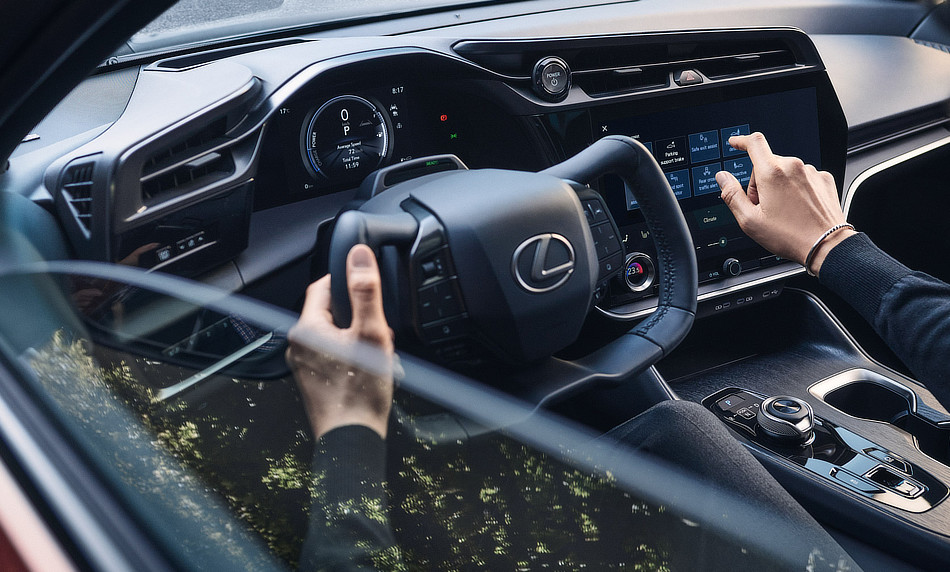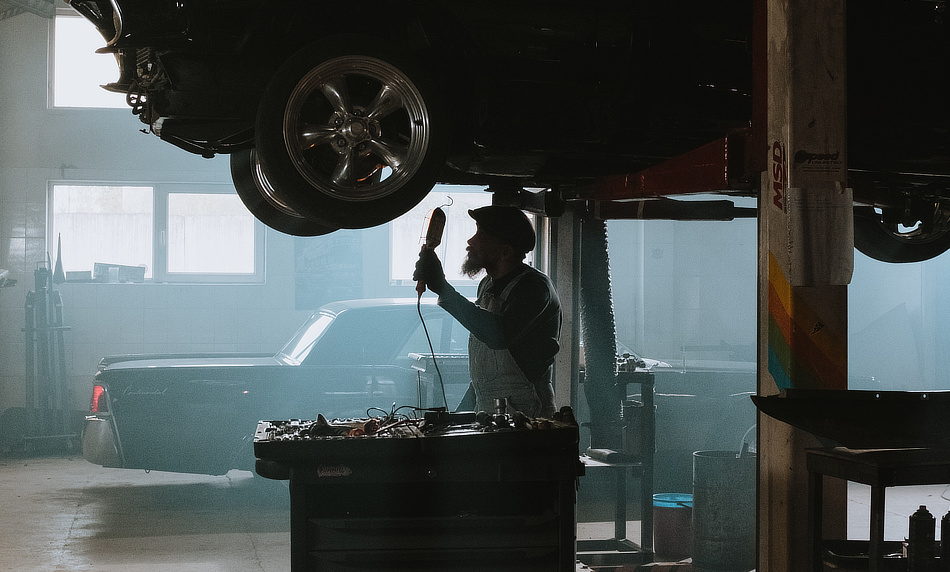In the UK, it’s legally required that all vehicles traveling on public roads are fit for purpose. This means that, after the first three years on the road, they must undergo an annual test designed to expose and deal with any mechanical problems. The MOT test, which is actually a series of small tests, covers everything from the engine to the windscreen wipers to the seatbelts. It’s helped to improve road safety in the UK over the years, and it actually has a fairly fascinating history.
Now that MOT testing has fully resumed following the Covid-19 outbreak, let’s take a closer look at the MOT and some of the interesting facts that surround it.
Interesting Facts
The first MOT test came about in 1960. It was actually voluntary, since, at the time, there weren’t enough qualified testers to make it mandatory.
To begin with, the test was intended to be carried out after a vehicle had been on the road for ten years. As such, it was known informally as the ‘ten year test’.
The three-year limit wasn’t imposed until 1967.
The earliest version of the test covered brakes, lights and steering. Over the years, this list has expanded to include tyres (1968), wipers, indicators and exhaust (1977). The tread depth restriction on tires was brought back to 1.6mm in 1992.

While a vehicle’s mileage may be recorded as part of the MOT testing process, the actual odometer is not inspected. Thus, if a vehicle’s odometer has been interfered with, the testing wouldn’t actually reveal it.
The pass rate on an MOT might be lower than you think. Around three fifths of all exams are successful. Given that around 19 million cars receive a test each year, that’s a significant amount of work.
For motorcyclists, the pass rate tends to be just a little bit higher, with four fifths of entrants passing the exam first time.
Today, you can book your MOT online – which helps to hugely streamline the process of getting it done. Set a reminder and remember to turn up!
Exemptions
There are some vehicles which are exempt from being tested. If you’re the owner of a classic car that’s more than four decades old, you might not need an MOT. This is because these vehicles wouldn’t live up to modern safety standards for things like emissions and indicators – but since they retain some historical value, they’re allowed a pass.
Other examples include agricultural equipment, like tractors. You can drive a tractor on a public road without it being tested.
If you want to give yourself the best possible chance of a pass, it’s best to conduct an informal examination of a few key components before you take it in.








